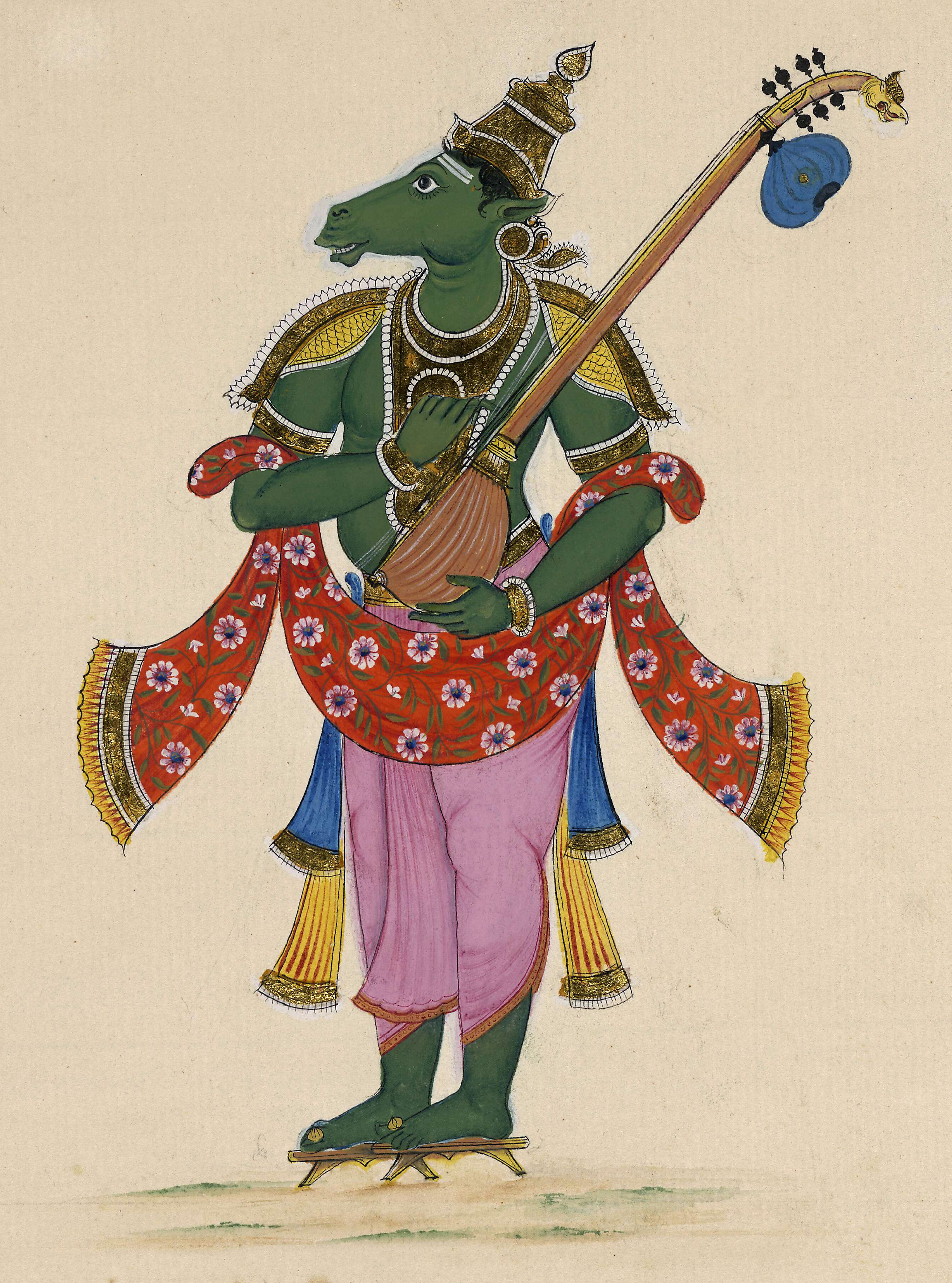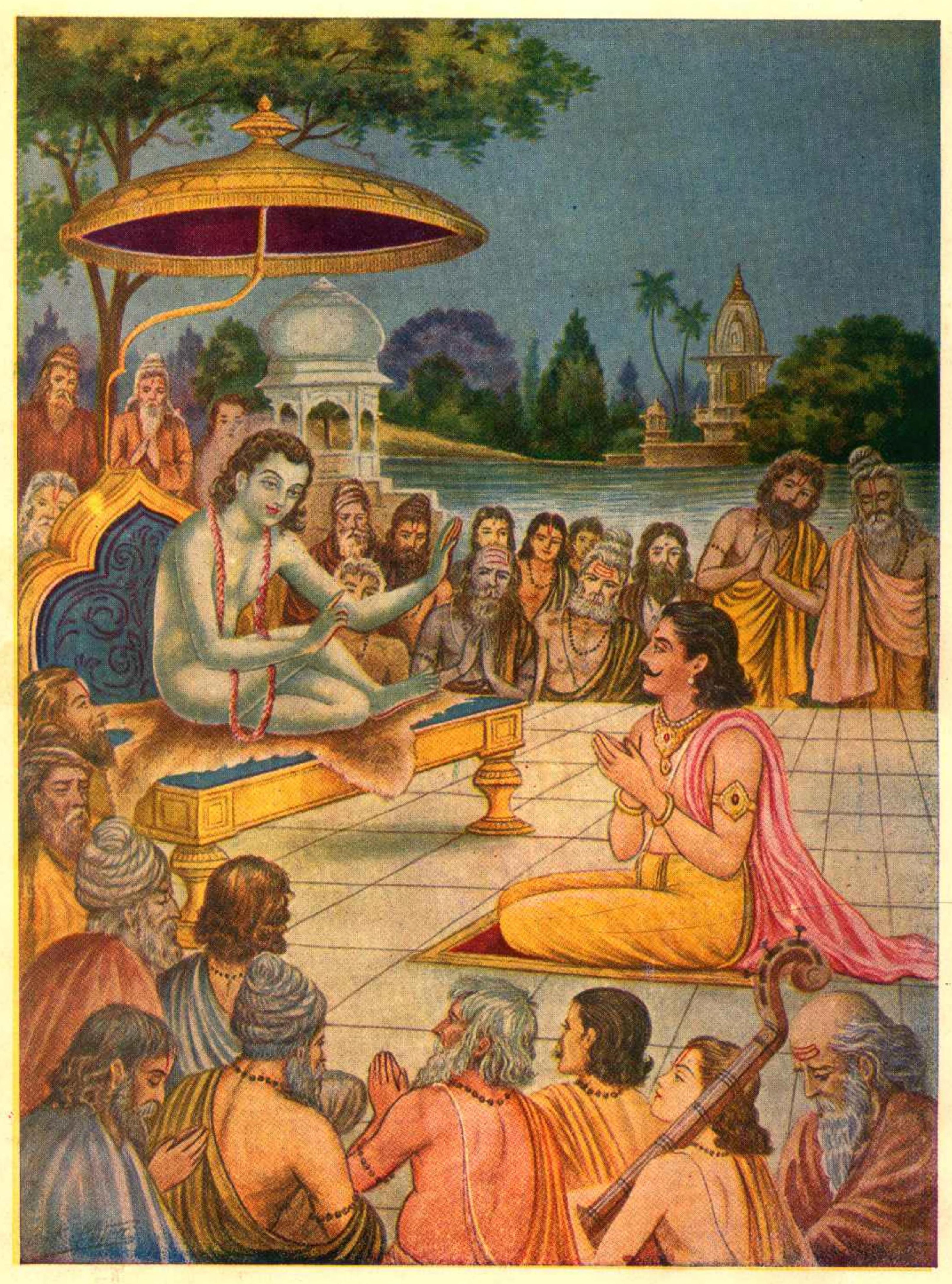|
Muni (Hinduism)
Muni () is one of the wives of Kashyapa. She is one of the sixty daughters of Daksha and his wife Asikni. She is the mother of the races of the apsaras and the gandharvas. Literature The Brahmanda Purana states that twenty-four apsaras and the sixteen gandharvas are the children of Muni. The Bhagavata Purana states that the apsaras were born from Kashyapa Kashyapa (, ) is a revered Vedic sage of Hinduism., Quote: "Kasyapa (Rudra),(Vedic Seer)..." He is one of the Saptarishis, the seven ancient sages of the ''Rigveda''. Kashyapa is the most ancient and venerated rishi, along with the other Sa ... and Muni. References {{Hindu-myth-stub Daughters of Daksha ... [...More Info...] [...Related Items...] OR: [Wikipedia] [Google] [Baidu] |
Kashyapa
Kashyapa (, ) is a revered Vedic sage of Hinduism., Quote: "Kasyapa (Rudra),(Vedic Seer)..." He is one of the Saptarishis, the seven ancient sages of the ''Rigveda''. Kashyapa is the most ancient and venerated rishi, along with the other Saptarishis, listed in the colophon verse in the ''Brihadaranyaka Upanishad''. Kashyapa is an ancient name, referring to many different personalities in the ancient Hindu and Buddhist texts. Name Kashyapa means "turtle" in Sanskrit. According to Michael Witzel, it is related to Avestan ''kasiiapa'', Sogdian ''kyšph'', Kurdish ''kûsî'', New Persian ''kašaf'', ''kaš(a)p'' which mean "tortoise", after which Kashaf Rūd (a river in Turkmenistan and Khorasan) is named. Other relations include to Tokarian B ''kaccāp'' ("brainpan"), Tokarian A ''kāccap'' ("turtle", "tortoise"). Frits Staal agrees that Kaśyapa means 'tortoise', but believes that it is a non-Indo-European word. History Kashyapa is credited with composing a few hymns in ... [...More Info...] [...Related Items...] OR: [Wikipedia] [Google] [Baidu] |
Apsaras
Apsaras (, , Khmer: អប្សរា are a class of celestial beings in Hindu and Buddhist culture. They were originally a type of female spirit of the clouds and waters, but, later play the role of a "nymph" or "fairy". They figure prominently in the sculptures, dance, literature and paintings of many South Asian and Southeast Asian cultures. The apsaras are described to be beautiful, youthful and elegant, and are said to be able to change their shape at will; making anyone fall for their beauty. There are two types of apsaras—''laukika'' (worldly) and ''daivika'' (divine). They are great in the art of dancing, and often wives of the gandharvas, the court musicians of Indra. The apsaras reside in the palaces of the gods and entertain them by dancing to the music made by the Gandharvas. The 26 apsaras of Indra's court are each said to symbolise a different facet of the performing arts, drawing comparisons to the Muses of ancient Greece. They are also renowned for ... [...More Info...] [...Related Items...] OR: [Wikipedia] [Google] [Baidu] |
Gandharvas
A ''gandharva'' () is a member of a class of celestial beings in Indian religions, such as Hinduism, Buddhism, and Jainism, whose males are divine performers such as musicians and singers, and the females are divine dancers. In Hinduism, they are regarded to be the celestial demigods who serve as the musicians of the devas. It is also a term for skilled singers in Indian classical music. In Buddhism, this term also refers to a being in the intermediate state (between death and rebirth). In Hinduism In Hinduism, the gandharvas () are a class of minor deities who serve as divine musicians in Hindu mythology. The term gandharva is present in Vedic sources (including in the Rigveda) as a singular deity. According to Oberlies, "In mandala I, IX and X the gandharva is presented as a celestial being (dwelling near the Sun / in the heavenly waters) which watches over the Soma (apparently) for the benefit of the gods and the sacrificers." The gandharva also "receives the Soma from the ... [...More Info...] [...Related Items...] OR: [Wikipedia] [Google] [Baidu] |
Daksha
Daksha ( ,) is a Hindu god whose role underwent a significant transformation from Vedic mythology, ''Vedic'' to Itihasa-Purana, ''Itihasa-Puranic'' mythology. In the ''Rigveda'', Daksha is an ''Adityas, aditya'' and is associated with priestly skills. In the epics and Puranas, ''Puranic'' scriptures, he is a Mānasaputra, son of the creator-god Brahma and one of the ''Prajapati#"Prajapati" as a title, Prajapati'', the agents of creation, as well as a divine king-rishi. He is the father of many children, who became the progenitors of various creatures. According to one legend, a resentful Daksha conducted a Daksha yajna, yajna (fire-sacrifice), and deliberately did not invite his youngest daughter Sati (Hindu goddess), Sati and her husband Shiva. In the Linga Purana, for insulting Shiva during this event, which caused Sati to self-immolate in fury, he was beheaded by Virabhadra, an attendant of Shiva. He was later resurrected with the head of a goat. Many ''Puranas'' state that ... [...More Info...] [...Related Items...] OR: [Wikipedia] [Google] [Baidu] |
Asikni (goddess)
In Hindu mythology, Asikni (), also known as Panchajani and Virani, is a consort of Daksha in the Puranic pantheon. Most scriptures mention her as the mother of 6000 sons and 60 daughters. Etymology and epithets The Sanskrit word "Asikni" means 'dark' or 'night'; it can also refer to "a girl attending woman's apartment". The word is used in the ''Rigveda'' (c. 1500 BCE) to describe the river Chenab. She is also known by the patronymic "Panchajani" and "Virani". Legend Birth Puranas differ about her parentage. Devi-Bhagavata Purana, Kalika Purana, Garuda Purana, and Brahma Purana note Asikni to have been born of Brahma's left thumb. According to the Bhagavata Purana and Shiva Purana, she was the daughter of Prajapati Panchajana. Brahma Purana, Brahmanda Purana, Vayu Purana, Kalika Purana, Kurma Purana, Padma Purana, Garuda Purana, and Shiva Purana note her to be the daughter of Prajapati Virana. Marriage The broad theme is common to Vayu Purana, Bhagavata Purana, ... [...More Info...] [...Related Items...] OR: [Wikipedia] [Google] [Baidu] |
Puranas
Puranas (Merriam-Webster's Encyclopedia of Literature (1995 Edition), Article on "Puranas", , page 915) are a vast genre of Indian literature that include a wide range of topics, especially legends and other traditional lore. The Puranas are known for the intricate layers of symbolism depicted within their stories. Composed originally in Sanskrit and in Languages of India, other Indian languages,John Cort (1993), "An Overview of the Jaina Puranas" in ''Purana Perennis: Reciprocity and Transformation in Hindu and Jaina Texts,'' (Editor: Wendy Doniger), State University of New York Press, , pages 185-204 several of these texts are named after major Hindu deities such as Vishnu, Shiva, Brahma, and Mahadevi, Devi. The Puranic genre of literat ... [...More Info...] [...Related Items...] OR: [Wikipedia] [Google] [Baidu] |
Apsara
Apsaras (, , Khmer language, Khmer: អប្សរា are a class of celestial beings in Hinduism, Hindu and Culture of Buddhism, Buddhist culture. They were originally a type of female spirit of the clouds and waters, but, later play the role of a "nymph" or "fairy". They figure prominently in the sculptures, dance, literature and paintings of many South Asian and Southeast Asian cultures. The apsaras are described to be beautiful, youthful and elegant, and are said to be able to change their shape at will; making anyone fall for their beauty. There are two types of apsaras—''laukika'' (worldly) and ''daivika'' (divine). They are great in the art of dancing, and often wives of the gandharvas, the court musicians of Indra. The apsaras reside in the palaces of the gods and entertain them by dancing to the music made by the Gandharvas. The 26 apsaras of Indra's court are each said to symbolise a different facet of the performing arts, drawing comparisons to the Muses of ... [...More Info...] [...Related Items...] OR: [Wikipedia] [Google] [Baidu] |
Gandharva
A ''gandharva'' () is a member of a class of celestial beings in Indian religions, such as Hinduism, Buddhism, and Jainism, whose males are divine performers such as musicians and singers, and the females are divine dancers. In Hinduism, they are regarded to be the celestial demigods who serve as the musicians of the devas. It is also a term for skilled singers in Indian classical music. In Buddhism, this term also refers to a being in the intermediate state (between death and rebirth). In Hinduism In Hinduism, the gandharvas () are a class of minor deities who serve as divine musicians in Hindu mythology. The term gandharva is present in Vedic sources (including in the Rigveda) as a singular deity. According to Oberlies, "In mandala I, IX and X the gandharva is presented as a celestial being (dwelling near the Sun / in the heavenly waters) which watches over the Soma (apparently) for the benefit of the gods and the sacrificers." The gandharva also "receives the Soma from the ... [...More Info...] [...Related Items...] OR: [Wikipedia] [Google] [Baidu] |
Brahmanda Purana
The ''Brahmanda Purana'' () is a Sanskrit text and one of the eighteen major Puranas, a genre of Hindu texts. It is listed as the eighteenth Maha-Purana in almost all the anthologies. The text is also referred in medieval Indian literature as the Vayaviya Purana or Vayaviya Brahmanda, and it may have been same as the Vayu Purana before these texts developed into two overlapping compositions. The text is named after one of the cosmological theories of Hinduism, namely the "Cosmic Egg" ( Brahma-Anda). It is among the oldest Puranas, the earliest core of text maybe from 4th century CE, continuously edited thereafter over time and it exist in numerous versions. The Brahmanda Purana manuscripts are encyclopedic in their coverage, covering topics such as Cosmogony, Sanskara (Rite Of Passage), Genealogy, chapters on ethics and duties (Dharma), Yoga, geography, rivers, good government, administration, diplomacy, trade, festivals, a travel guide to places such as Kashmir, Cuttack, Kanchi ... [...More Info...] [...Related Items...] OR: [Wikipedia] [Google] [Baidu] |
Bhagavata Purana
The ''Bhagavata Purana'' (; ), also known as the ''Srimad Bhagavatam (Śrīmad Bhāgavatam)'', ''Srimad Bhagavata Mahapurana'' () or simply ''Bhagavata (Bhāgavata)'', is one of Hinduism's eighteen major Puranas (''Mahapuranas'') and one of the most popular in Vaishnavism. Composed in Sanskrit and traditionally attributed to Veda Vyasa, it promotes '' bhakti'' (devotion) towards Krishna, an avatar of Vishnu, integrating themes from the Advaita (monism) philosophy of Adi Shankara, the Vishishtadvaita (qualified monism) of Ramanujacharya and the Dvaita (dualism) of Madhvacharya. It is widely available in almost all Indian languages. The ''Bhagavata Purana'', like other puranas, discusses a wide range of topics including cosmology, astronomy, genealogy, geography, legend, music, dance, yoga and culture. As it begins, the forces of evil have won a war between the benevolent '' devas'' (deities) and evil '' asuras'' (demons) and now rule the universe. Truth re-emerges as ... [...More Info...] [...Related Items...] OR: [Wikipedia] [Google] [Baidu] |
Apsara
Apsaras (, , Khmer language, Khmer: អប្សរា are a class of celestial beings in Hinduism, Hindu and Culture of Buddhism, Buddhist culture. They were originally a type of female spirit of the clouds and waters, but, later play the role of a "nymph" or "fairy". They figure prominently in the sculptures, dance, literature and paintings of many South Asian and Southeast Asian cultures. The apsaras are described to be beautiful, youthful and elegant, and are said to be able to change their shape at will; making anyone fall for their beauty. There are two types of apsaras—''laukika'' (worldly) and ''daivika'' (divine). They are great in the art of dancing, and often wives of the gandharvas, the court musicians of Indra. The apsaras reside in the palaces of the gods and entertain them by dancing to the music made by the Gandharvas. The 26 apsaras of Indra's court are each said to symbolise a different facet of the performing arts, drawing comparisons to the Muses of ... [...More Info...] [...Related Items...] OR: [Wikipedia] [Google] [Baidu] |






